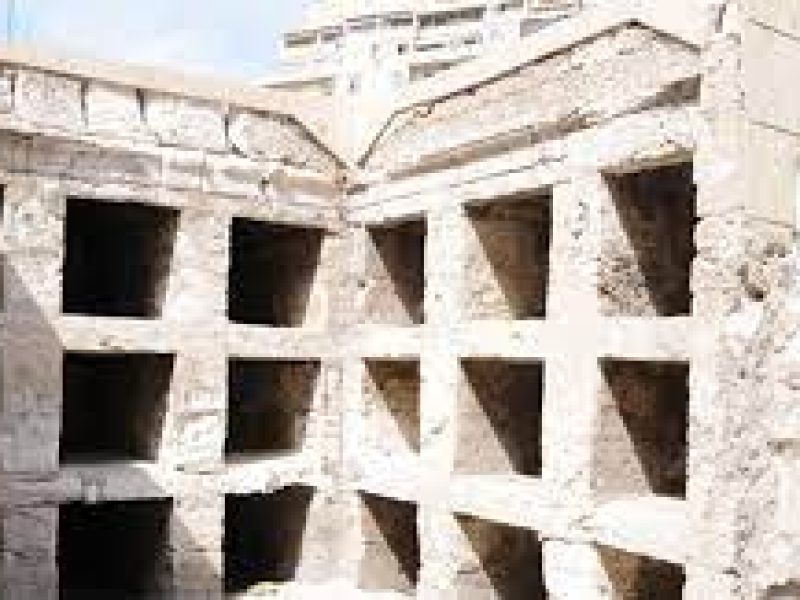Shatby (Arabic: الشاطبي El Shatby) is a neighborhood in Alexandria, Egypt.
Institutions
Many important institutes are located in Shatby, such as:
- Alexandria University
- Bibliotheca Alexandrina
- Collège Saint Marc
- El Nasr Boys’ School
- El Nasr Girls’ College
- Lycée Français d’Alexandrie (Lycée Al-Horreya)
- Shatby Pediatric Hospital
- Al Ittihad Alexandria Club
Tombs of El Shatby (El Shatby Necropolis)
Location
These tombs are at the north of Collège Saint Marc from the seaside, in the city of Alexandria east of Selsela area (ancient Lochias). Giuseppe Botti and Evaristo Breccia discovered the tombs by chance in 1893 and 1904.
History
The Shatby Necropolis, also known as the Sheikh Abd el-Qader Necropolis, is an ancient burial ground located in the Shatby neighborhood of Alexandria, Egypt. The necropolis is home to a large number of tombs and mausoleums dating back to the Ptolemaic, Roman, and Islamic periods.
The tombs are to be the most ancient tombs in Alexandria as it dates back to 320 B.C. As for Evaristo Breccia (The second director of the Graeco-Roman Museum in Alexandria) it dates back to the last quarter of the 4th Century and the beginning of the 3rd century B.C. immediately after founding the city of Alexandria by Alexander The Great.The oldest necropolis in the city, it probably served as a resting place for the deceased since the fourth century BCE. These rock tombs are the oldest example of Alexandrian-style burials .
Description of El Shatby necropolis
Today, the Chatby tombs lie above ground and exposed to the elements. At their inception, however, they were underground burial vaults. To reach them, firstly, visitors must descend several steps which lead to the main burial site. The garden of Chatby Necropolis is littered with statues and funerary monuments which are reminiscent of a cityscape which has long disappeared under the development of the modern city.
The tombs are of a simple and elegant design typical of the Hellenistic period. The doorway of the main tomb leads into a hall , which in turn leads into a second hall and then to an open courtyard. East of the courtyard is a doorway leading to the burial chamber. A corridor leads from the central courtyard to the doorway of each tomb. On the east side of the courtyard is a prostas, or reception hall, for performing funerary rituals. During the ceremony, the sanctified bodies of the deceased were placed in the oikos, or vestibule, often featuring an altar used for religious sacrifices.





Comment (0)